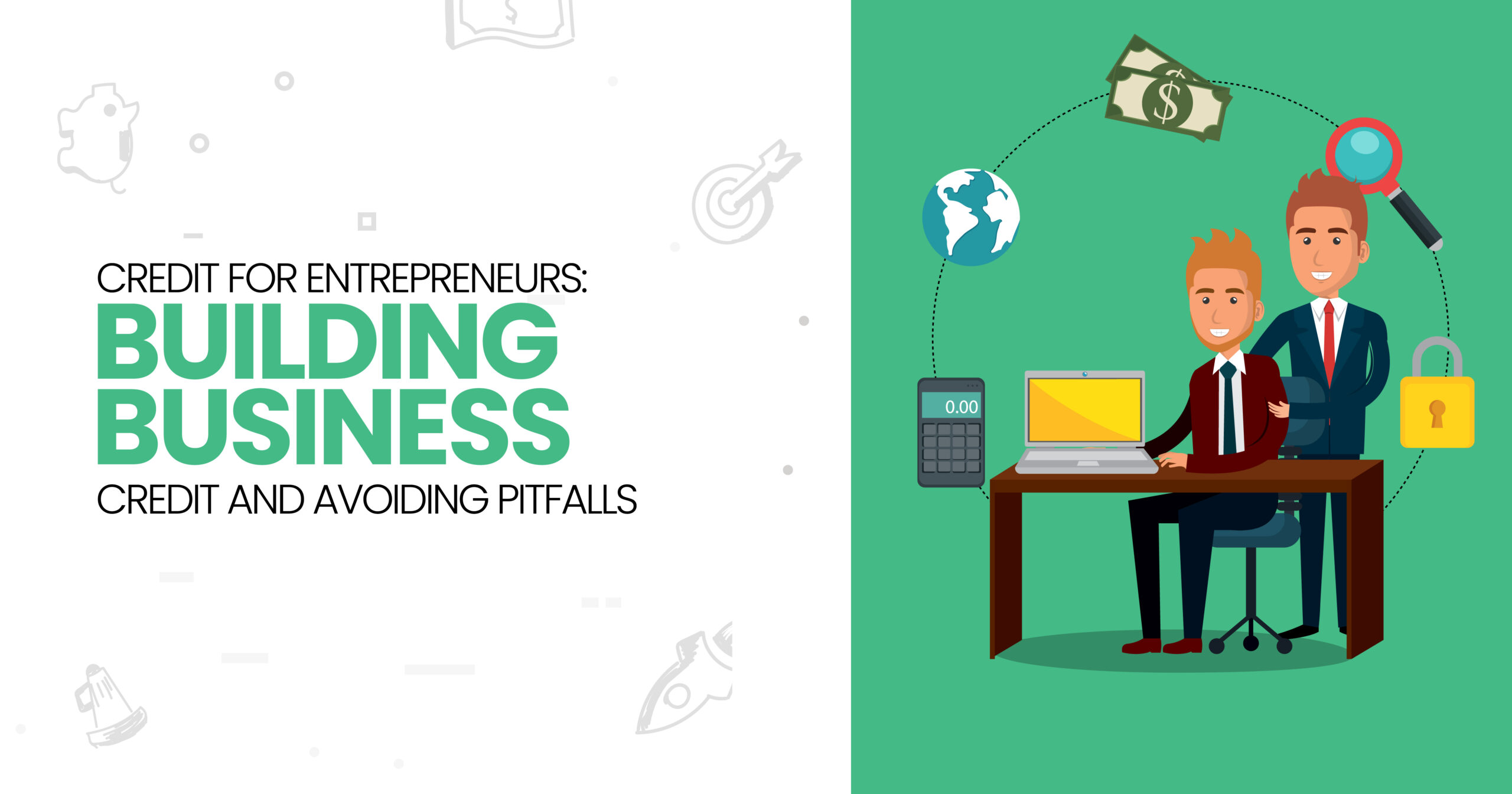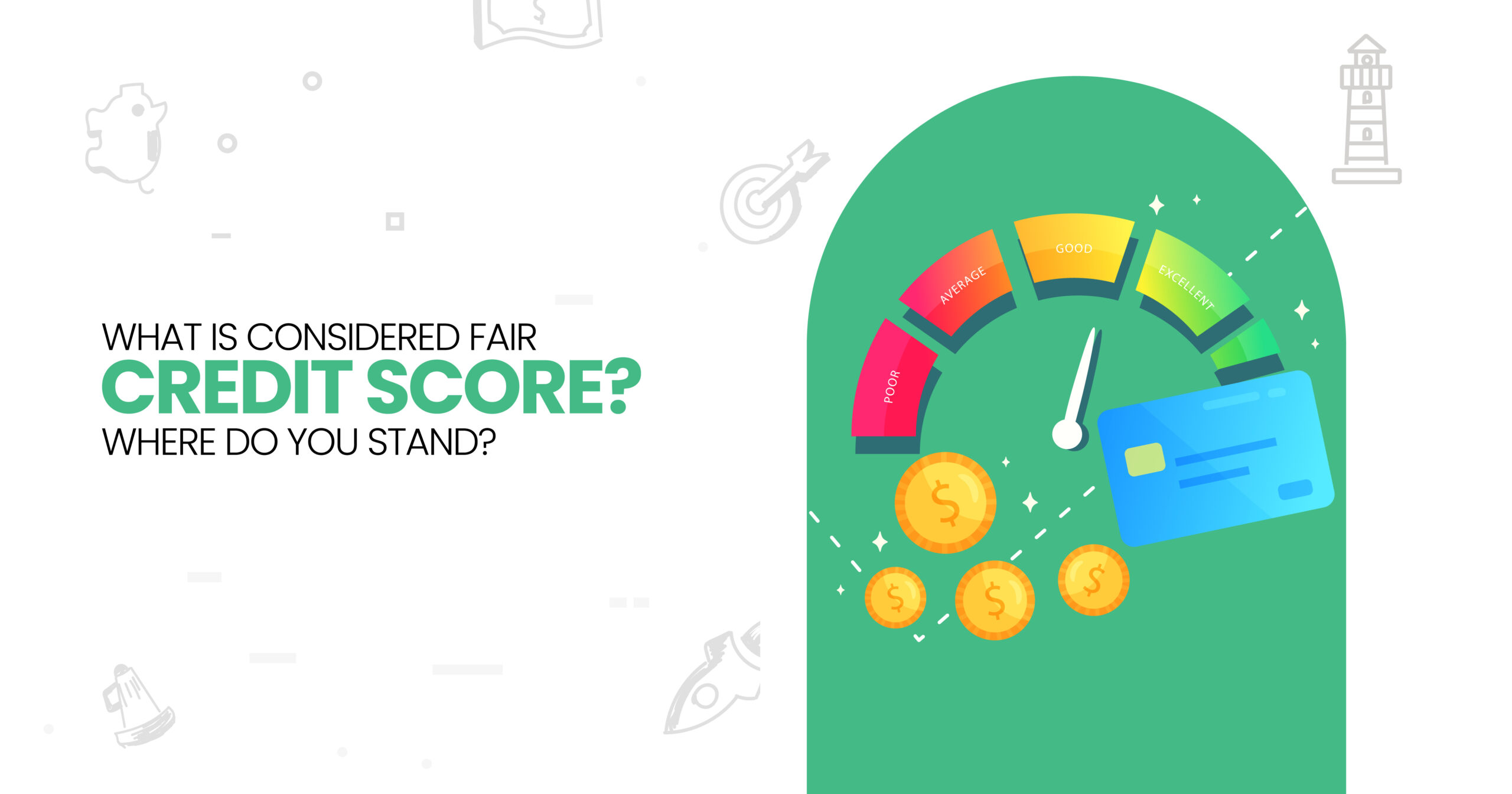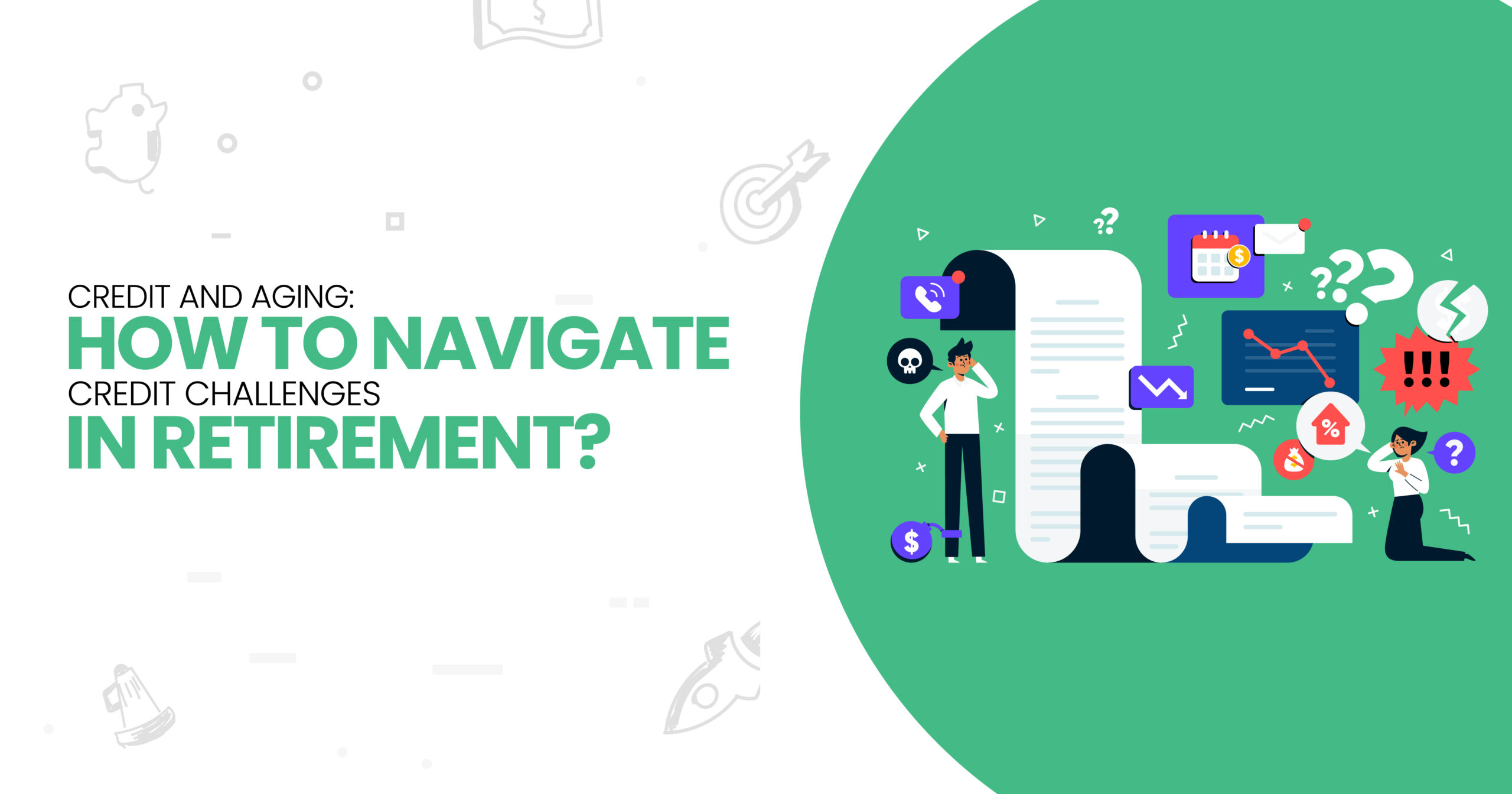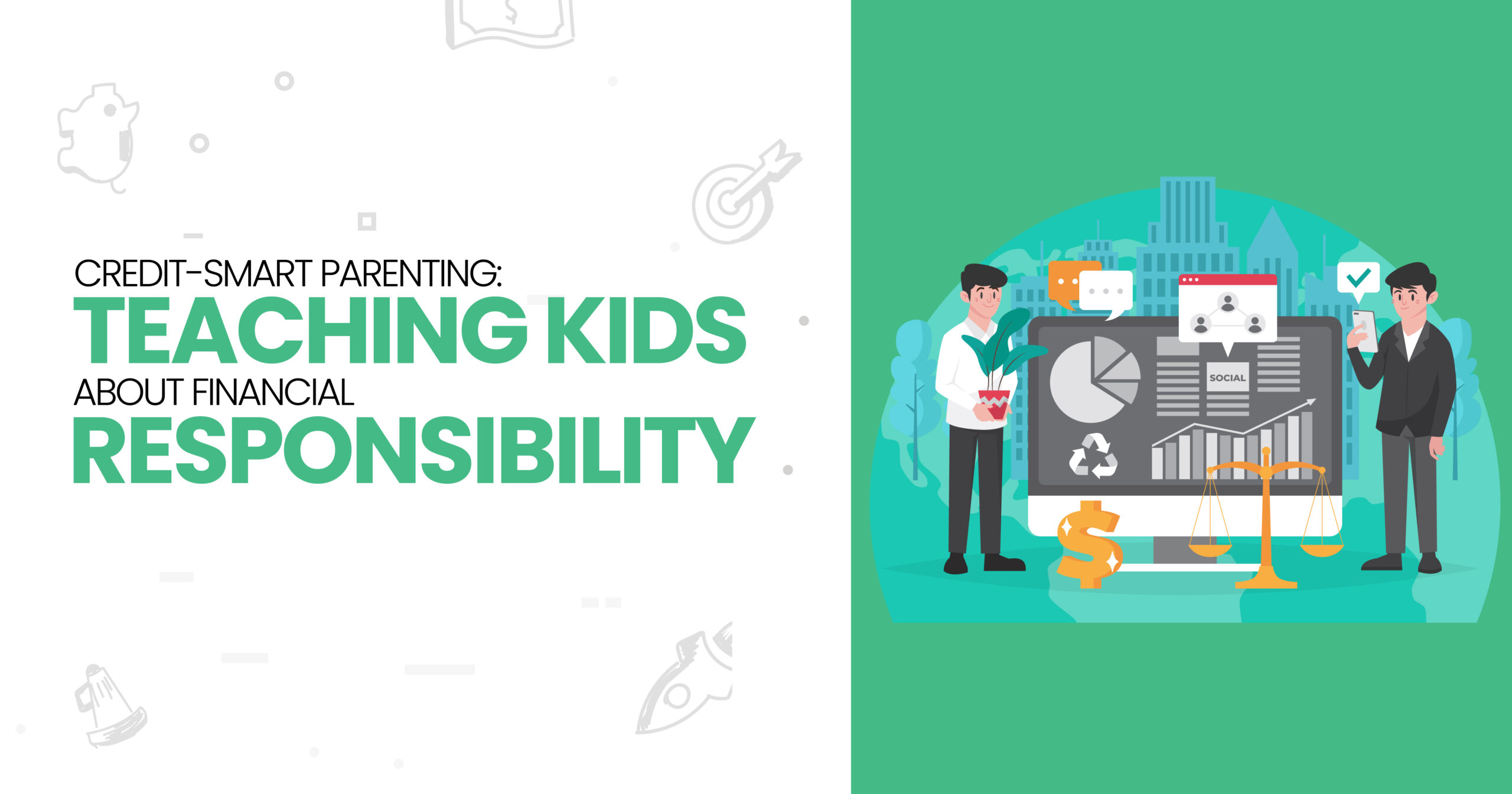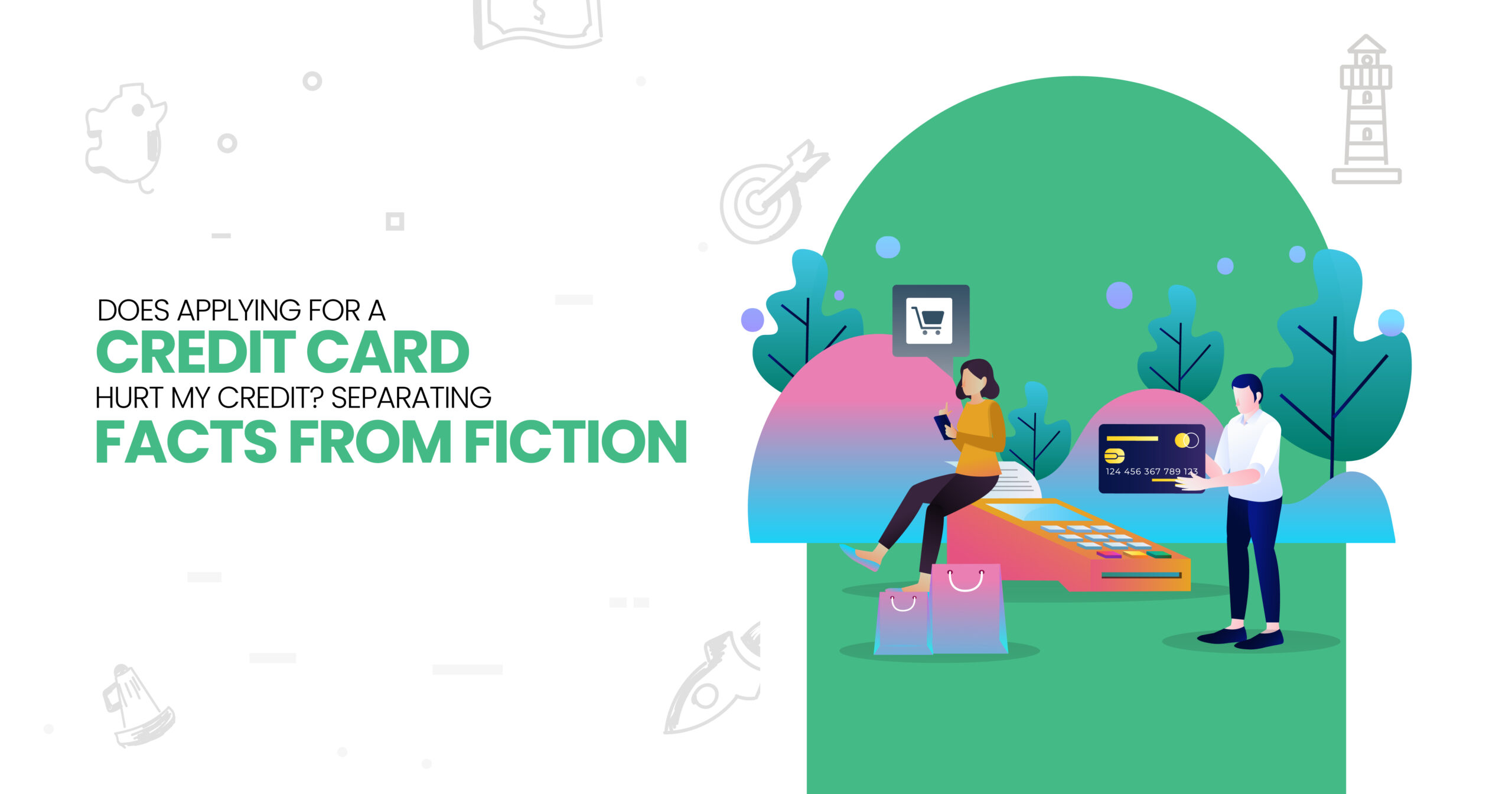Need help? Get in touch!

Credit And Identity Theft: Safeguarding Your Finances In The Digital Age
Safeguarding personal finances has become increasingly important. With more financial transactions and records now being conducted online, the risk of credit and identity theft has risen considerably.
Credit theft and identity theft are serious issues that affect millions of people each year, wreaking havoc on victims’ financial lives and reputations. The consequences range from damages to credit scores and increased banking fees to more severe issues like bankruptcy or unpaid loans under someone else’s name.
Difference Between Credit And Identity Theft
Credit Theft
Credit theft involves stealing established credit or loan accounts, such as credit cards. Fraudsters may take over existing lines of credit by changing contact information or passwords and then proceeding to make purchases or withdraw cash. Victims often do not learn of the theft until balances appear on statements or overdue payments are reported.
Identity Theft
Identity theft involves assuming someone’s entire identity for various fraudulent purposes. Criminals may obtain key details like Social Security numbers, dates of birth, and driver’s license numbers and use them to not only open new credit accounts but also for matters like tax refunds, medical treatment, and employment. This makes identity theft more complex to resolve for victims.
Common Methods Used By Thieves
Phishing
Phishing scams remain one of the primary tactics adopted by cyber criminals to obtain individuals’ and organizations’ sensitive financial information. Through fake emails or websites posing as legitimate organizations, phishers try to induce recipients into providing credentials, account numbers, and passwords.
Skimming
Skimming involves the use of electronic devices to steal credit/debit card information when cards are swiped at compromised point-of-sale terminals, both in-store and online. Portable card-reading devices can be attached to existing machines to secretly copy and store magstripe data.
Hacking
Hacking involves technical attacks targeting insecure computer systems and networks to extract valuable data such as login credentials, financial records, and personal details stored in databases. Vulnerable servers, weak passwords, and unpatched software leave significant attack surfaces.
Social Engineering
Social engineering relies on manipulating individuals into willingly divulging secrets through deception and psychological tricks. Fraudsters may pose as technical support representatives seeking remote access or employees verifying a manager’s payroll information over calls/emails.
How Individuals Can Protect Themselves From Credit And Identity Theft?
- It is advisable to regularly monitor financial accounts and check credit reports from the major bureaus. Staying aware of account activity and reports can help catch any suspicious transactions or new applications in the early stages.
- Keep personal information secure by minimizing what is carried or displayed publicly. Financial documents and ID cards should not be left unattended.
- Individuals should be judicious about sharing private details via email, phone, or on websites. Do not submit information on unsolicited web forms without verifying the legitimacy of requests.
- Enabling two-factor authentication adds an extra layer of identity verification for logging into email or financial accounts through methods like verification codes sent to mobile devices.
- Credit monitoring services scan databases and transactions, watching for signs of potential fraud and changes in one’s credit file. When anomalies are discovered, monitoring can alert customers and aid in faster resolution of issues.
Tips For Safeguarding Finances
- It is recommended that bank and credit card statements be monitored closely for unfamiliar transactions and balances owed.
- Disposal of documents containing private financial details warrants secure handling. Shredding and disposing of mail, bank statements, pay stubs, and unused credit applications prevents dumpster diving thieves from obtaining material.
- Keeping computers and mobile devices protected with the latest antivirus and operating system software helps block harmful programs used by cybercriminals.
- Public WiFi networks should be considered less secure than home or work connections.
What Do You Do If You Become A Victim?
If suspicious or fraudulent activity is noticed on any accounts, victims should immediately contact the associated financial institutions. Banks and credit card companies can close compromised accounts, stop payment on unauthorized transactions, and issue new account numbers to prevent further damage.
Victims should place an initial fraud alert with one of the three major credit bureaus. This notifies the other two to put alerts on their files as well and requires companies to verify identity before approving new credit requests for the next 90 days.
Protecting Your Finances As A Business Owner
- Educating employees on security best practices is indispensable. Training should cover the identification of common online fraud techniques and the proper handling of sensitive customer/financial records.
- Additional third-party tools that monitor business bank accounts and web traffic for irregularities can help flag unusual outbound fund transfers or unauthorized access to payment pages, catching suspicious activity faster.
- Putting robust access controls on accounting/inventory systems prevents disgruntled employees or hackers from abusing administrative privileges and business relationships.
- Physical security policies must address the safety of financial documents, computers, and storage devices. Sensitive files should remain locked away with access limited to a need-to-know basis only.
The Role Of Technology In Safeguarding Finance
Biometric Authentication
Biometric authentication provides robust access control using physiological characteristics like fingerprints, facial recognition, or iris scans. Reducing reliance on passwords protects against phishing, while frictionless logins increase security. Advanced biometrics may also transact payments via mobile wallets.
End-To-End Encryption
Robust end-to-end encryption encodes data in transit and at rest, making sensitive information indecipherable even if intercepted. Adoption by banks, fintech apps, and payment networks preserves the confidentiality of individuals’ credentials and card details. Encryption also introduces verification between entities.
Machine Learning Fuels
Machine learning fuels powerful fraud detection abilities in artificial intelligence assistants, algorithms, and behavioral analytics. By learning patterns of authorized transactions and flagging anomalies, AI aids in faster response times compared to manual reviews. It also scales protections for many users.
Virtual Credit Card Numbers
Virtual credit card numbers allow consumers to generate temporary disposable cards tied to real accounts for individual online purchases, with spending and validity windows controlled by users. Even if details are stolen, limited scopes prevent prolonged misuse.
Conclusion
Protecting finances from credit and identity theft requires ongoing vigilance, given the evolving nature of cybercrimes and criminality. By understanding common threats and implementing prudent safeguards covering technology use, account monitoring, document handling, and security behaviors, individuals and businesses can better safeguard themselves in today’s digital world. While no single measure provides complete defense, a process of education and layered precautions can significantly reduce vulnerability to financial fraud and its damaging impacts.
related post
- Located in Pembroke Pines, FL
- FICO is a registered trademark of Fair Isaac Corporation in the United States and other countries. Pines Credit Pros does not offer legal advice and is not a substitute for legal services. Pines Credit Pros does not guarantee the permanent removal of verifiable tradelines or make promise(s) of any particular outcome whatsoever. Pines Credit Pros requires active participation from its clientele regarding requested documents and information, including investigation results, for the sought-after outcome of a healthy, accurate credit report. Individual results may vary.

